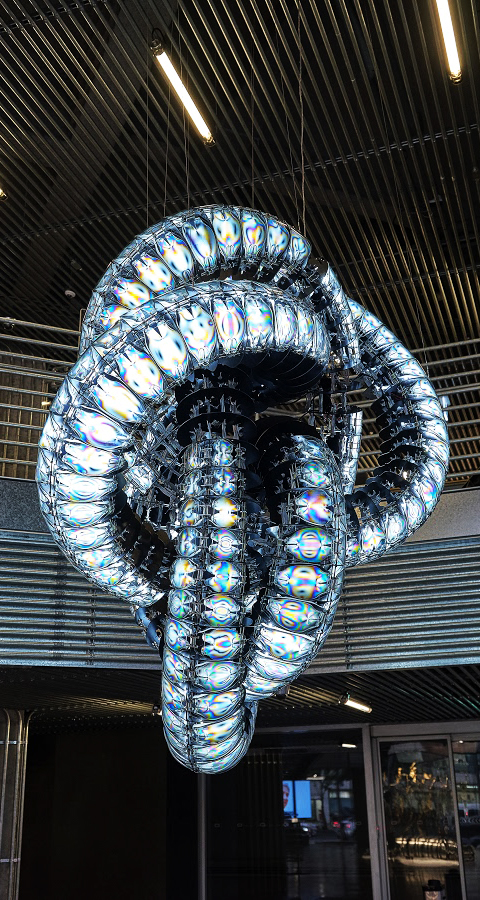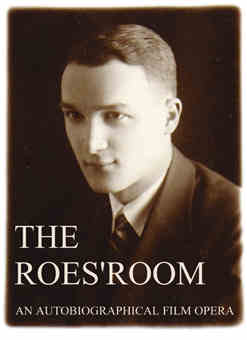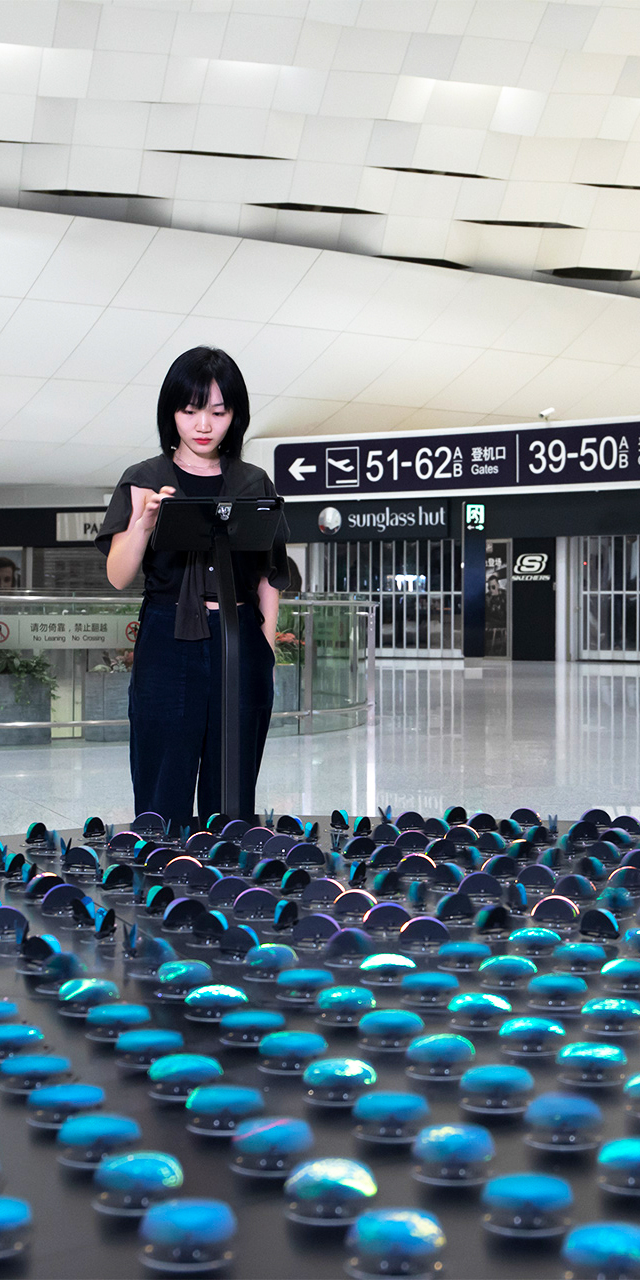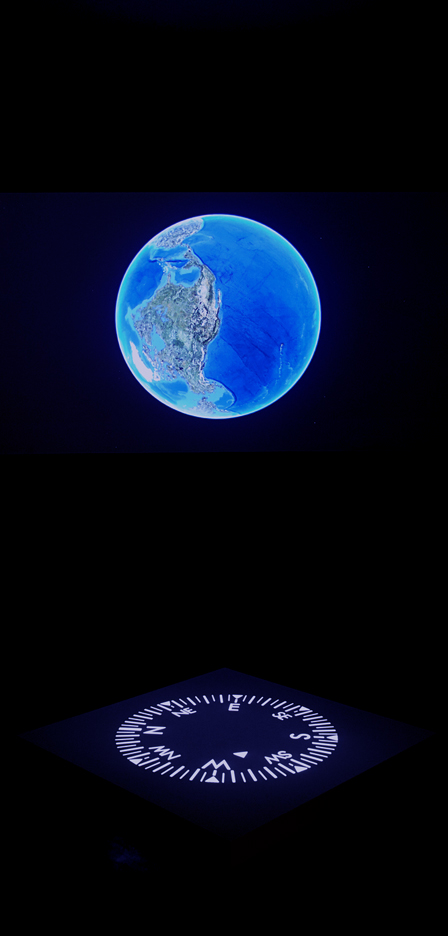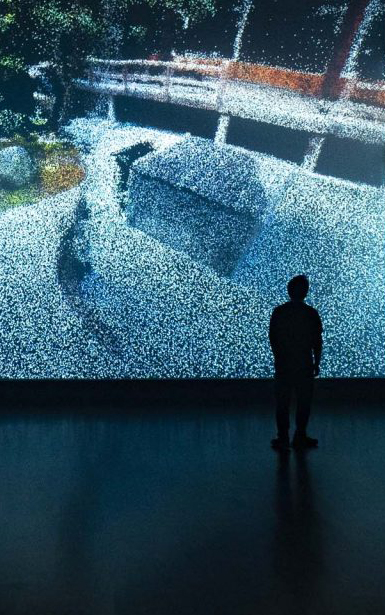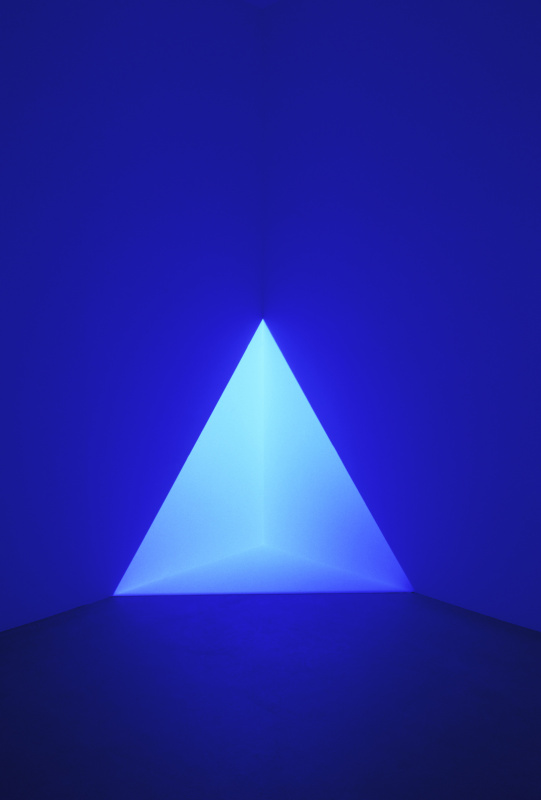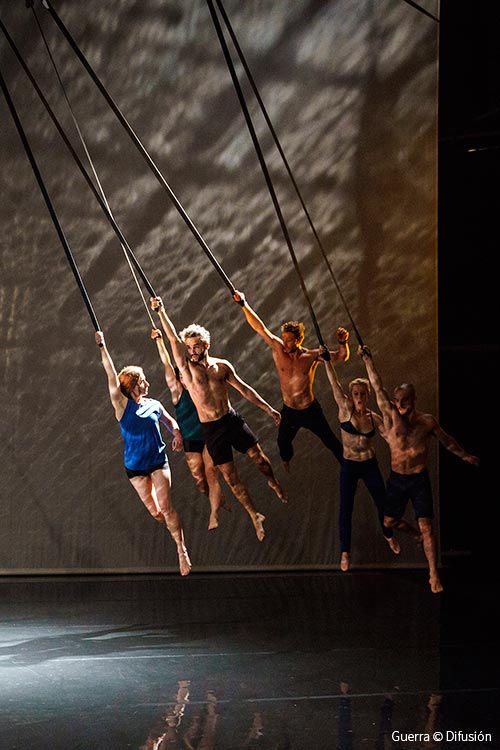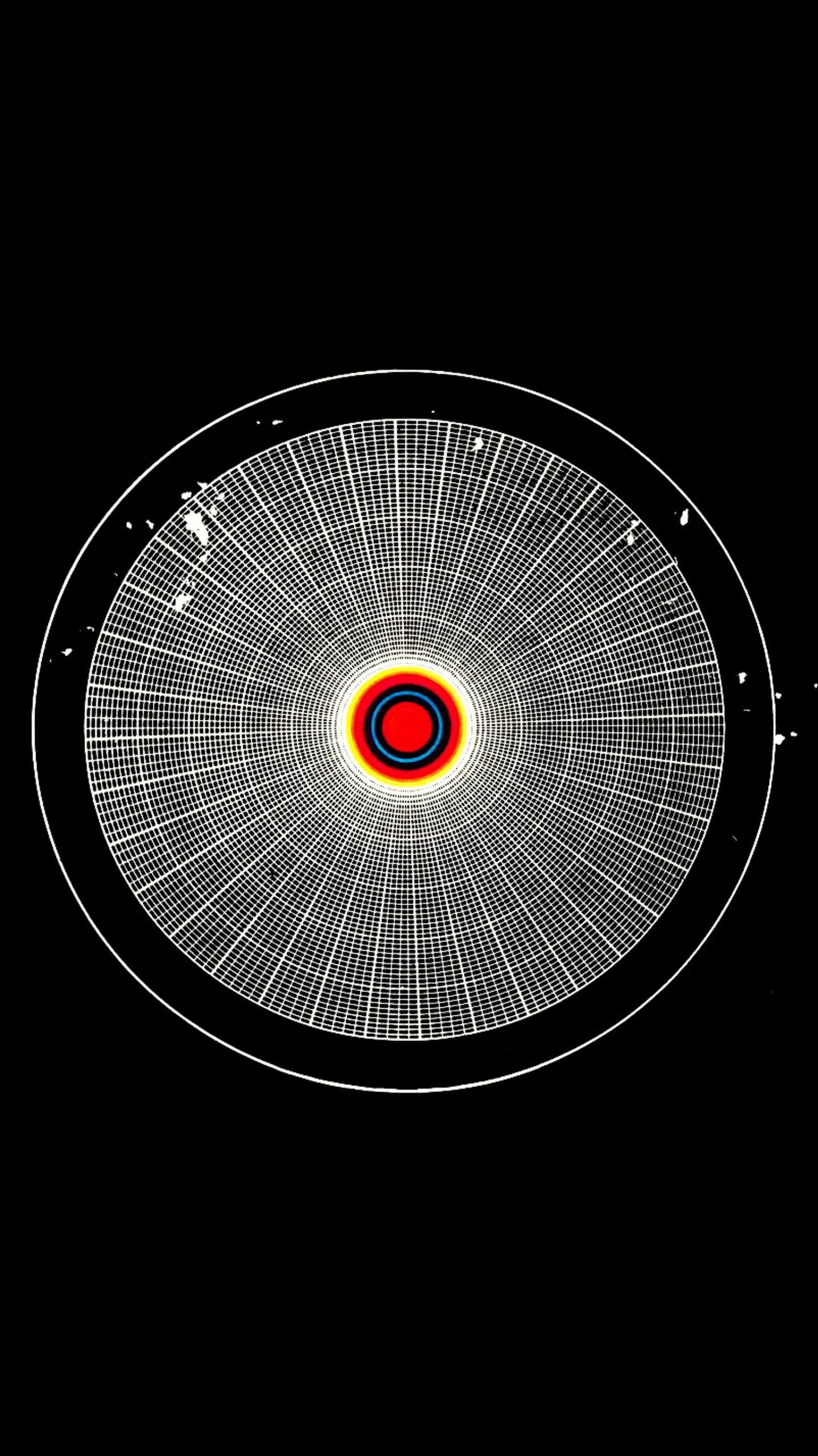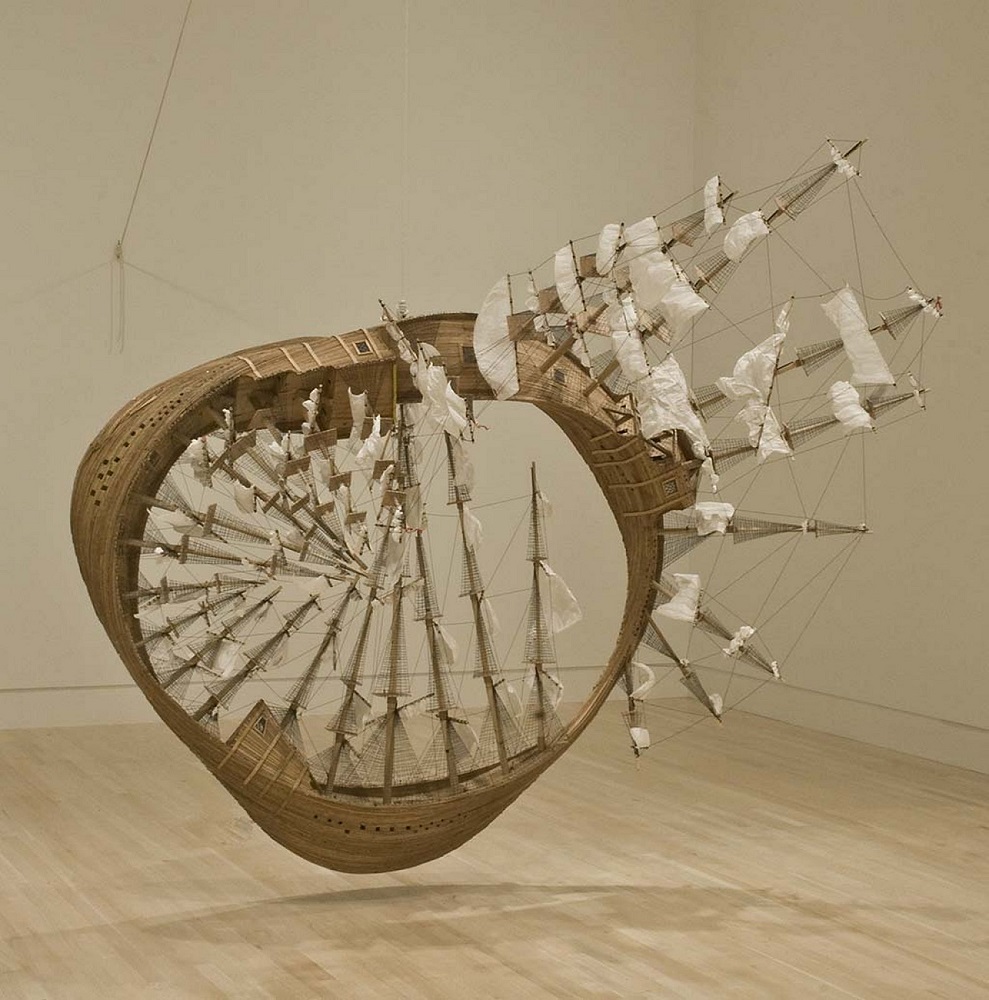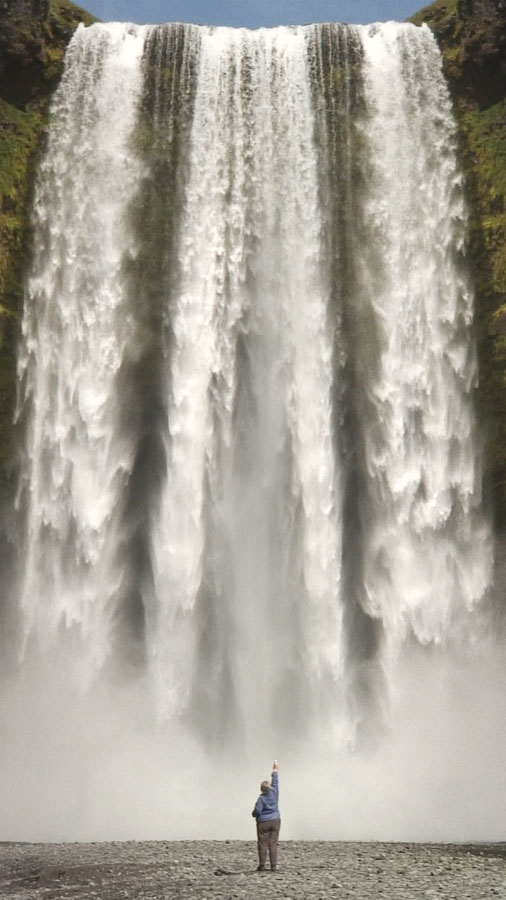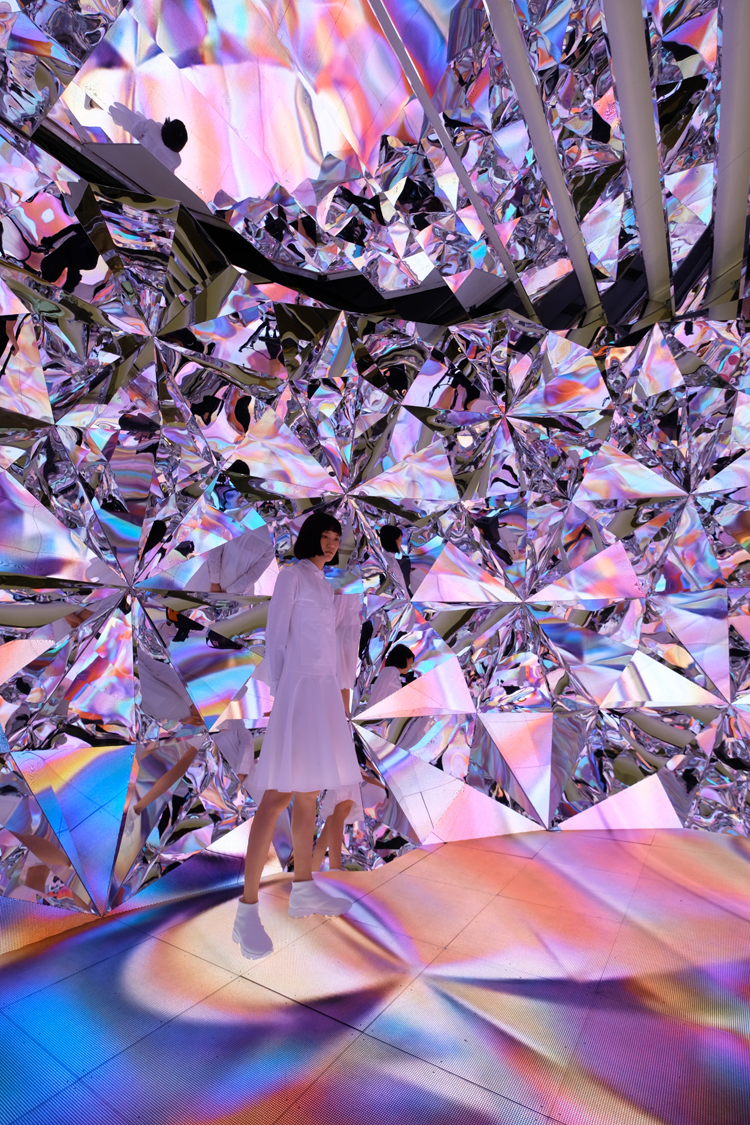
THOMAS LEBRUN
Lied ballet
“Lied, a word of German origin and gender neutral, which represents classical music sung about strophic poem, and Ballet. Lieder’s romantic themes are transformed into movement, creating choreographic writing that begins with mime and ends with abstraction. In the end, everything comes together in a great chorus challenging genres and categories, fundamentally expressing the artist’s confidence in the dancing body”. Marcia Peltier



